 |
| Image Taken from Google |
While a couple of similar games followed Snake the technology of the time hampered the programmers developments.
The WAP (wireless action protocol) technology proved to be a significant development for mobile gaming for not only did it allow people to download simple games onto their phone it also enabled multi-player support after this mobile technology advanced rapidly.
The WAP was soon replaced with operating systems such as the BREW, J2ME, Nokia's series 40 and 60.
These systems allowed for better and more complex programmes to be distributed thus gaining the interest of major gaming studios.
It was at the turn of the century when colour handsets where all around, all with Java and flash support and better online capabilities.
Studio's Like EA, SEGA, Gameloft and the like jumped at this untapped resource and started to develop games specifically for the mobile phone users and while the big name titles of the time (I.E. Pacman) better thing were still to come.
It was SEGA who had the first ever successful console to mobile conversion with their game Super Monkey Ball which paved the way for other big name franchises to jump to mobile phones.
Although mobiles were advancing at an incredible rate hardware restrictions still addled mobile gaming.
In 2003 Nokia tried to rectify that constraint with its release of the Nokia N-Gage unfortunately it wasn't very popular due to the shape and the awkwardness of having to use it as a phone.
It was after this that smart phones came into being and phones like the blackberry and the Nokia N5 took things to the next level with their ability to support 3D graphics, innovative interfaces and extensive networking capabilities.
In 2004 Apple joined in and came out with the Iphone, the phone that would take mobile gaming to bigger and better things.
since then gaming on phone has improved exponentially and nearly all new phone are capable handling good quality games and now thing such as the Ipads and tablets have brought new heights to mobile gaming.
 |
| Image Taken from Google |






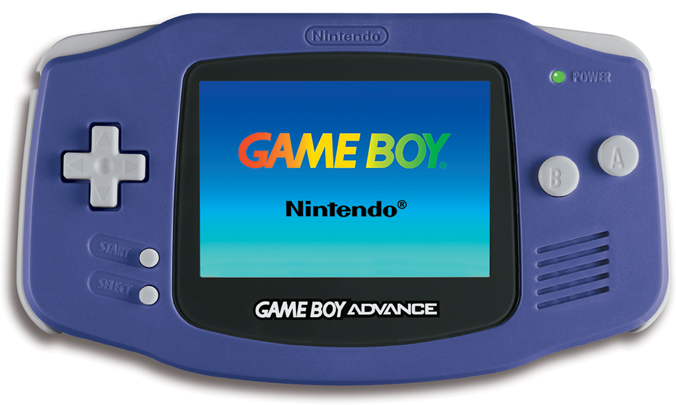



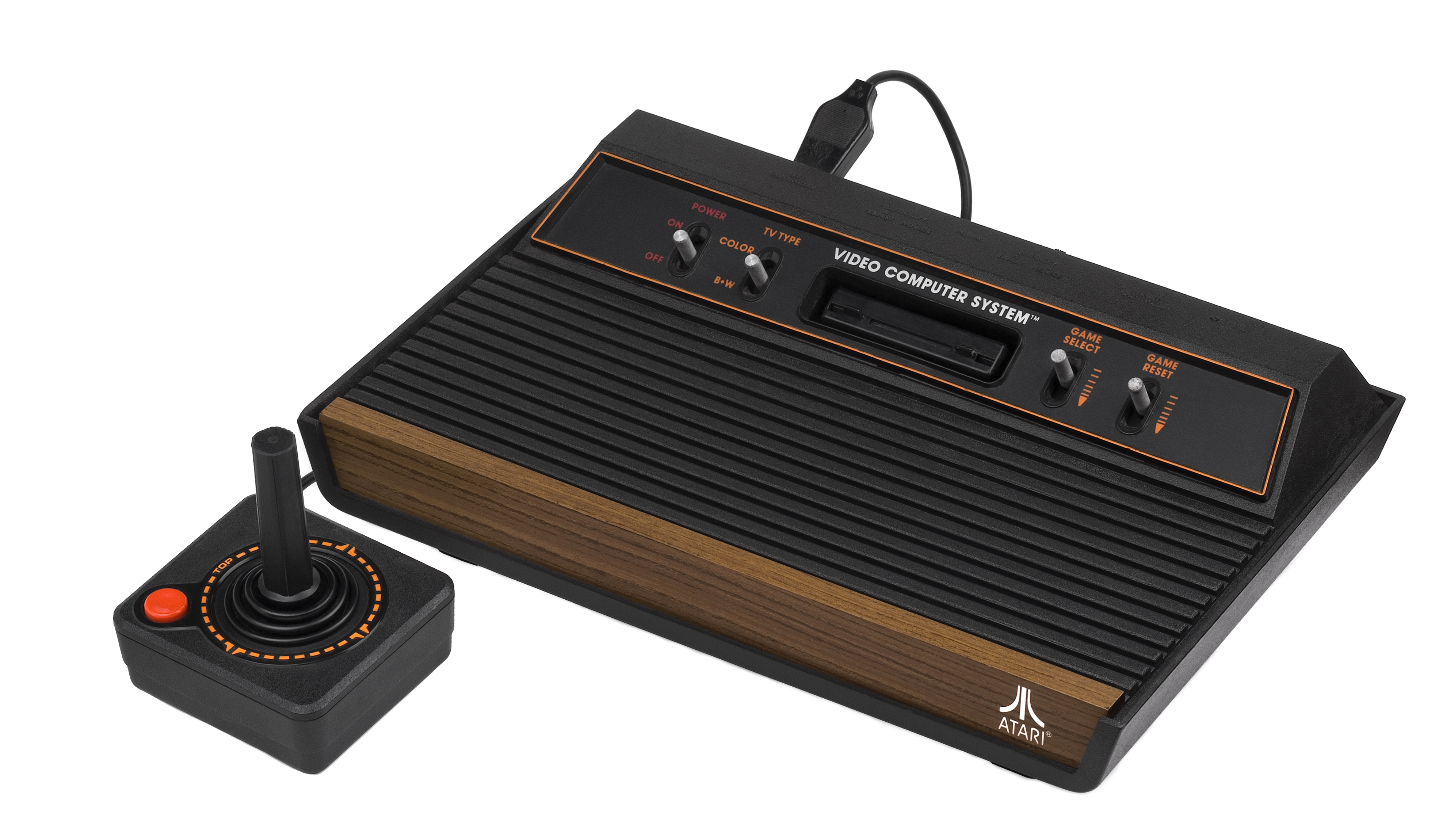

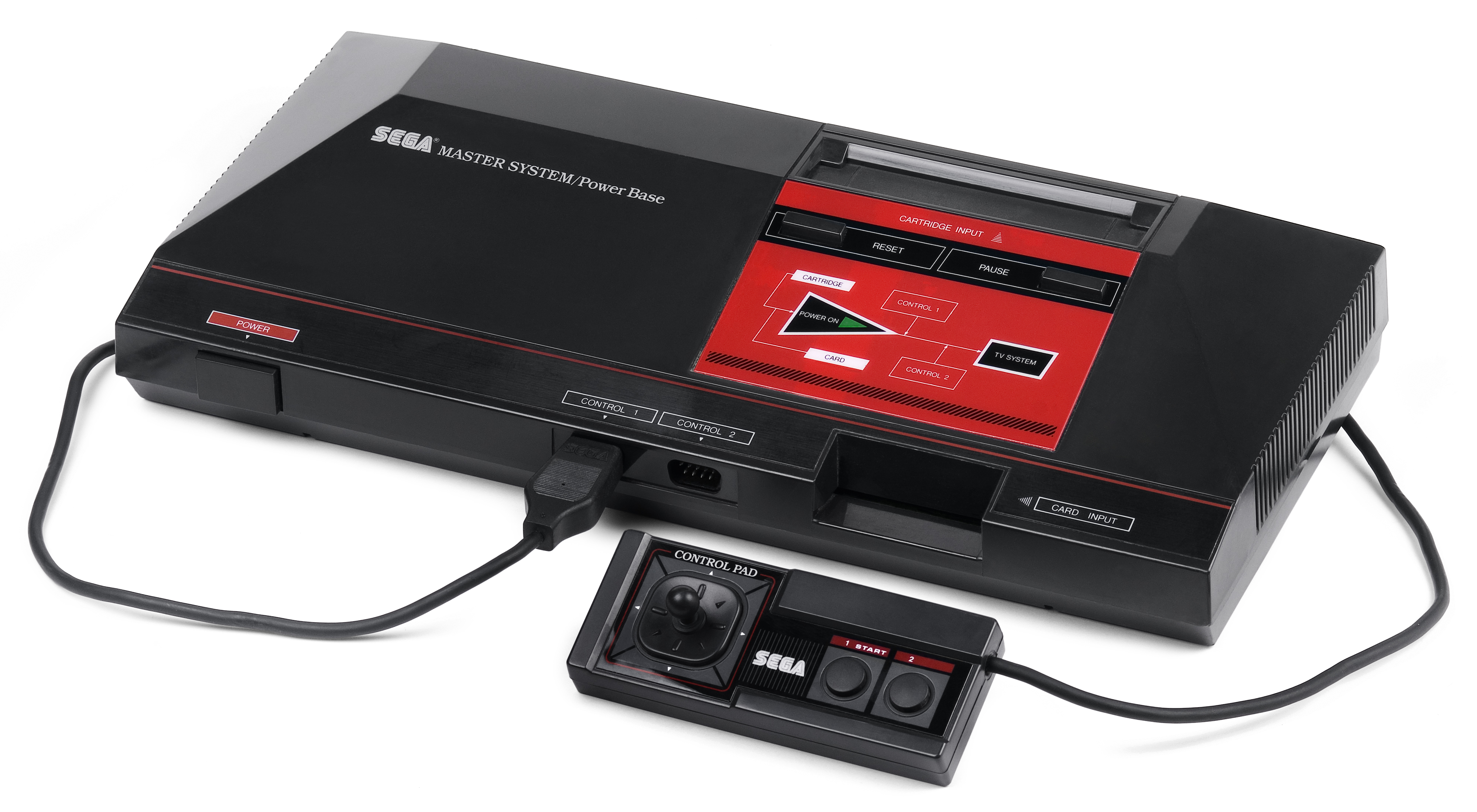

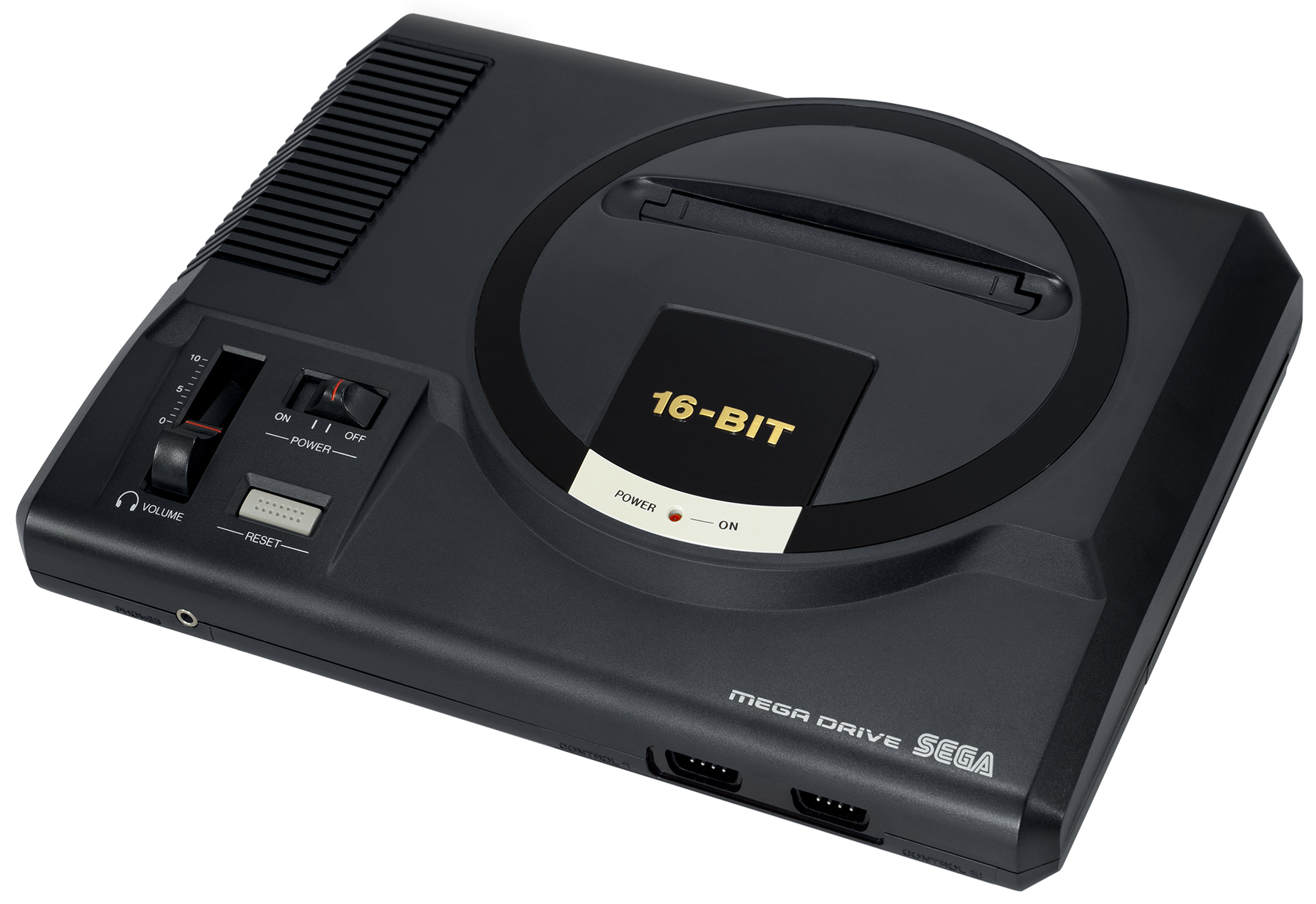


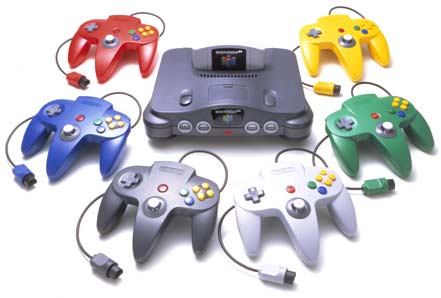




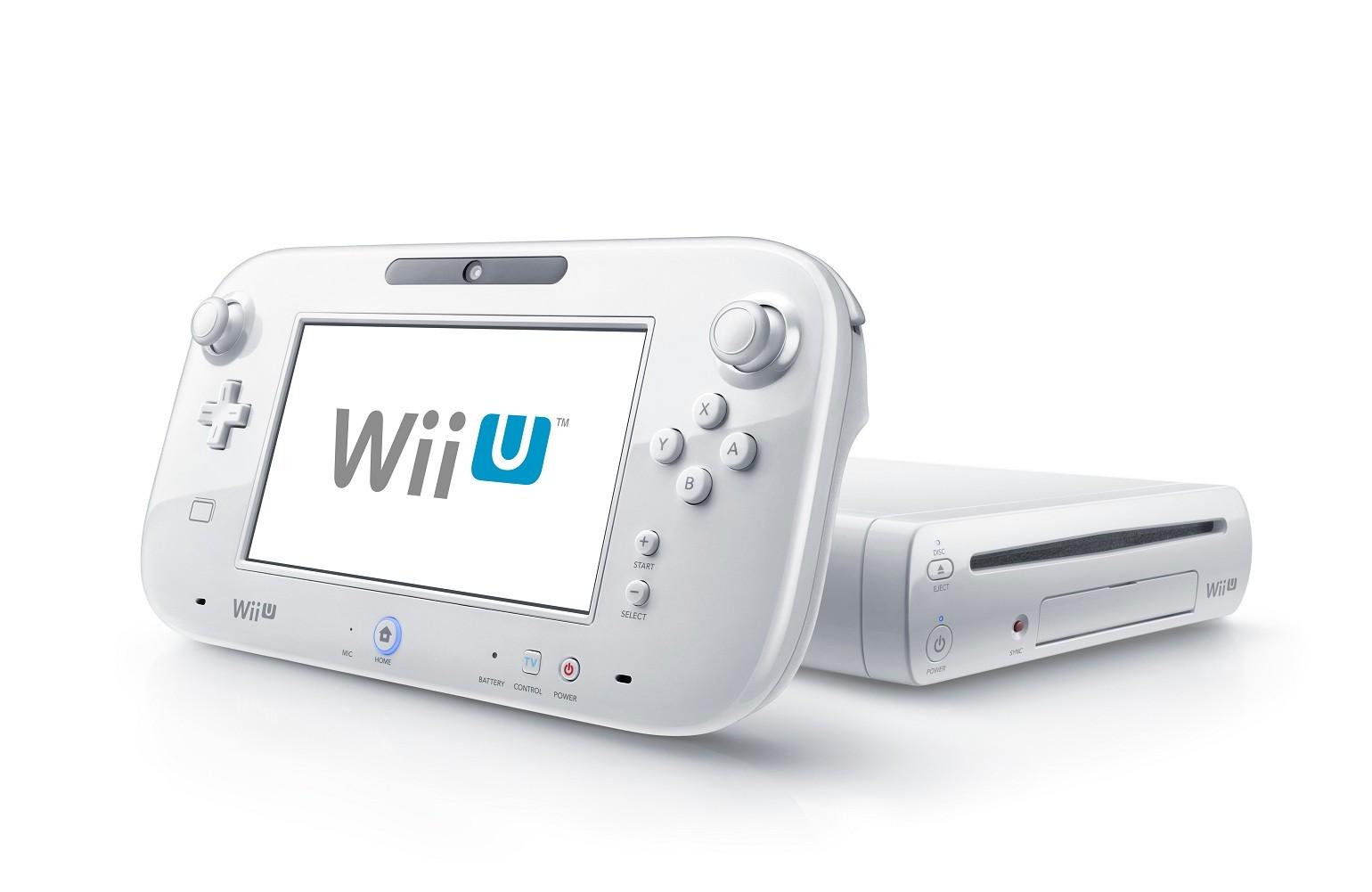
-600x600.jpg)






